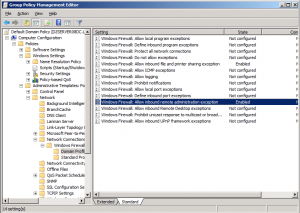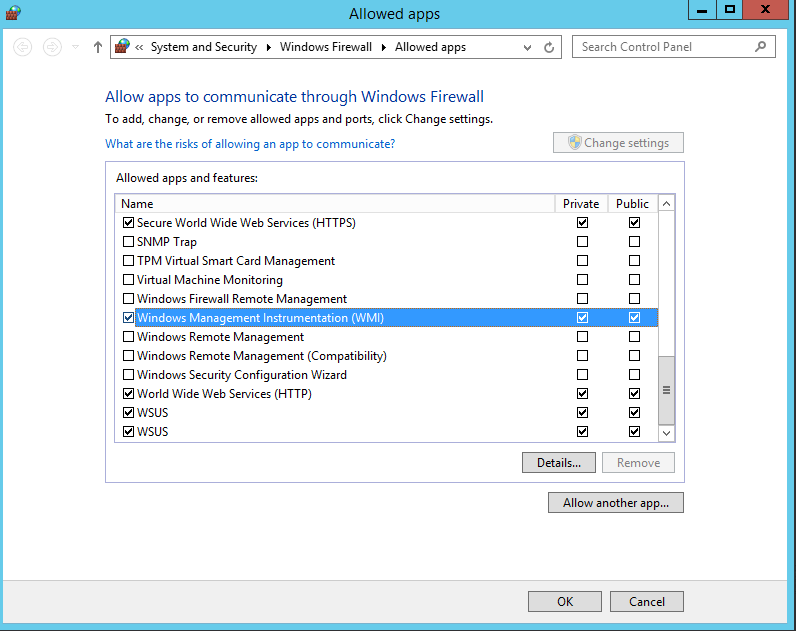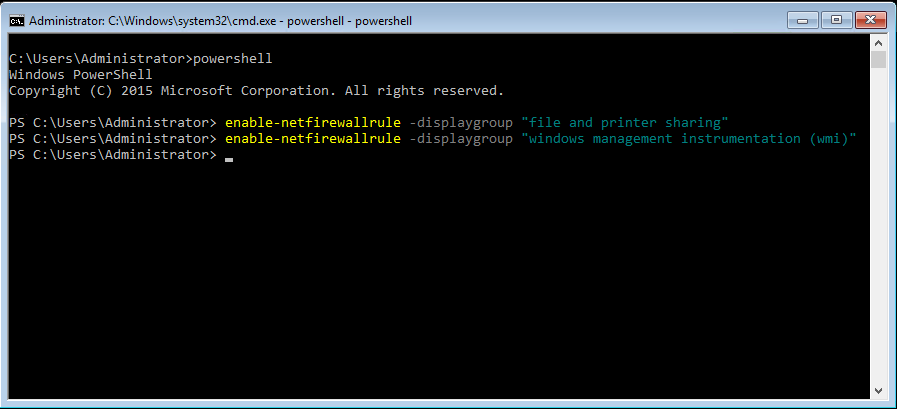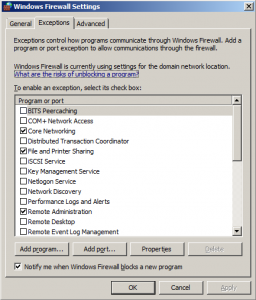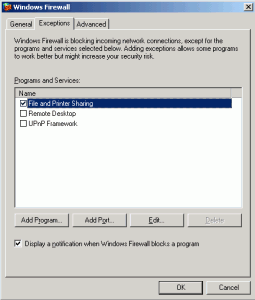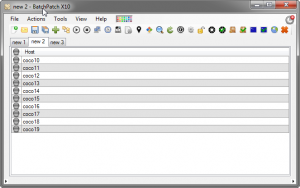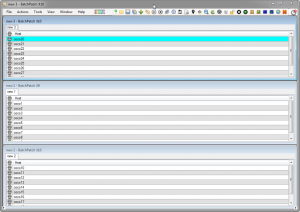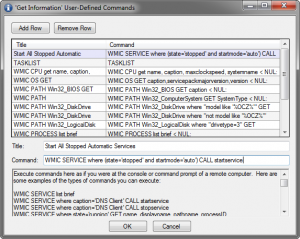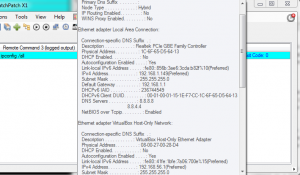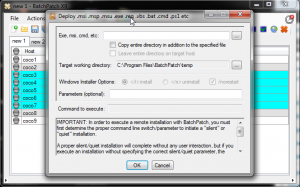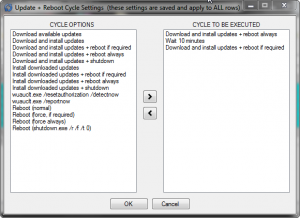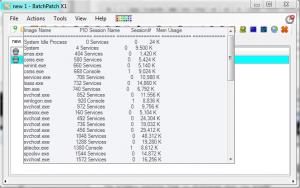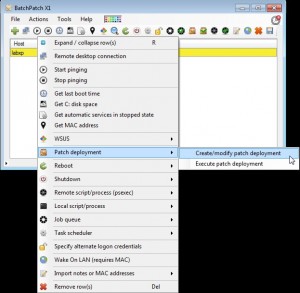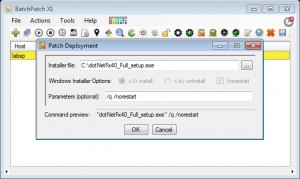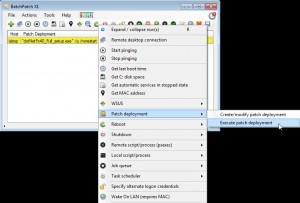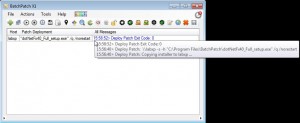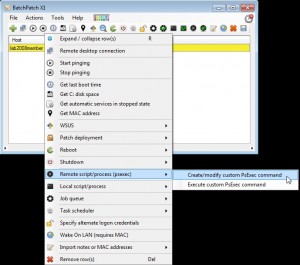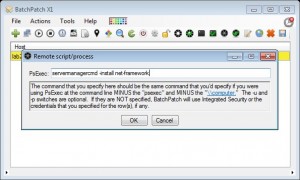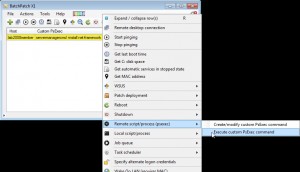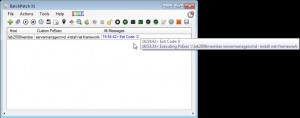Hey everyone – I just wanted to take a few minutes to blog about some of the new features that we’ve added to BatchPatch over the past several months. We’ve been able to get a lot of good functionality added, and there is still a plenty more to come in the new year. The list of features below only covers the more significant additions. There have also been a ton of minor updates and improvements made in the past months.
Download and/or Install Specific Windows Updates by Name
Not only can you easily download and install all available Windows Updates, but now it’s also very easy to choose specifically which Windows Updates you want to download and/or install on target computers simply by inputting a list of KB numbers or update titles. See Actions > Windows Updates > Create/modify list of specific updates for download / installation.
Hide / Unhide Windows Updates
If you’re not using a WSUS server, you might find that you want or need to hide updates that you don’t want to install in order to prevent them from constantly re-appearing in the list of available Windows Updates on your network of computers. BatchPatch lets you easily choose which updates to hide or unhide. See Actions > Windows Updates > Hide / Unhide updates.
Bypass the Default/Managed Update Server and Use Microsoft Update Instead
If you are using WSUS or SCCM in your environment, there are times where you may still want to have computers check-in with Microsoft Update instead of your own managed update server. BatchPatch now has an option to bypass your managed server so that you can search, download, and install available updates from Microsoft Update instead. See Tools > Settings > Remote Agent (or Tools > Settings > Windows Update Agent).
New PDF BatchPatch Administrator’s Guide
It’s now much easier to get help with the new searchable PDF Administrator’s manual. The support forum is, of course, still available, and you can always email us too. See Help > BatchPatch Admin Guide.
Emulate Microsoft’s Delivery of “Important” and “Recommended” Updates
BatchPatch now has search options that allow you to search only for Important updates or Important + Recommended updates. See Tools > Settings > Remote Agent (or Tools > Settings > Windows Update Agent).
View BatchPatch.log and WindowsUpdate.log Files in the System Default Viewer Instead of the BatchPatch Built-In Log Viewer
If you have a log file viewer that you prefer to use, such as CMTrace, you are now able to have BatchPatch launch log files in that viewer rather than in the built-in viewer. See Tools > Settings > General.
Email Notifications
BatchPatch now includes functionality to send email notifications either in a BatchPatch Job Queue or as a BatchPatch Scheduled Task. Notifications may be sent per-row, per-grid, or per-all-grids in a given instance of BatchPatch.
Export BatchPatch Grids to HTML
Use the File > Export grid option to save a grid or grids at HTML files. This option gives you a nice view of a BatchPatch grid and all the cell contents in an easy to digest format.
Retrieve the Pending Reboot Status of Target Computers
There is no longer any need to question if your computers are waiting to be rebooted. BatchPatch can reach out to target machines and check all of the places that Windows stores pending reboot information, so that you can know exactly what the status of your machines are.


